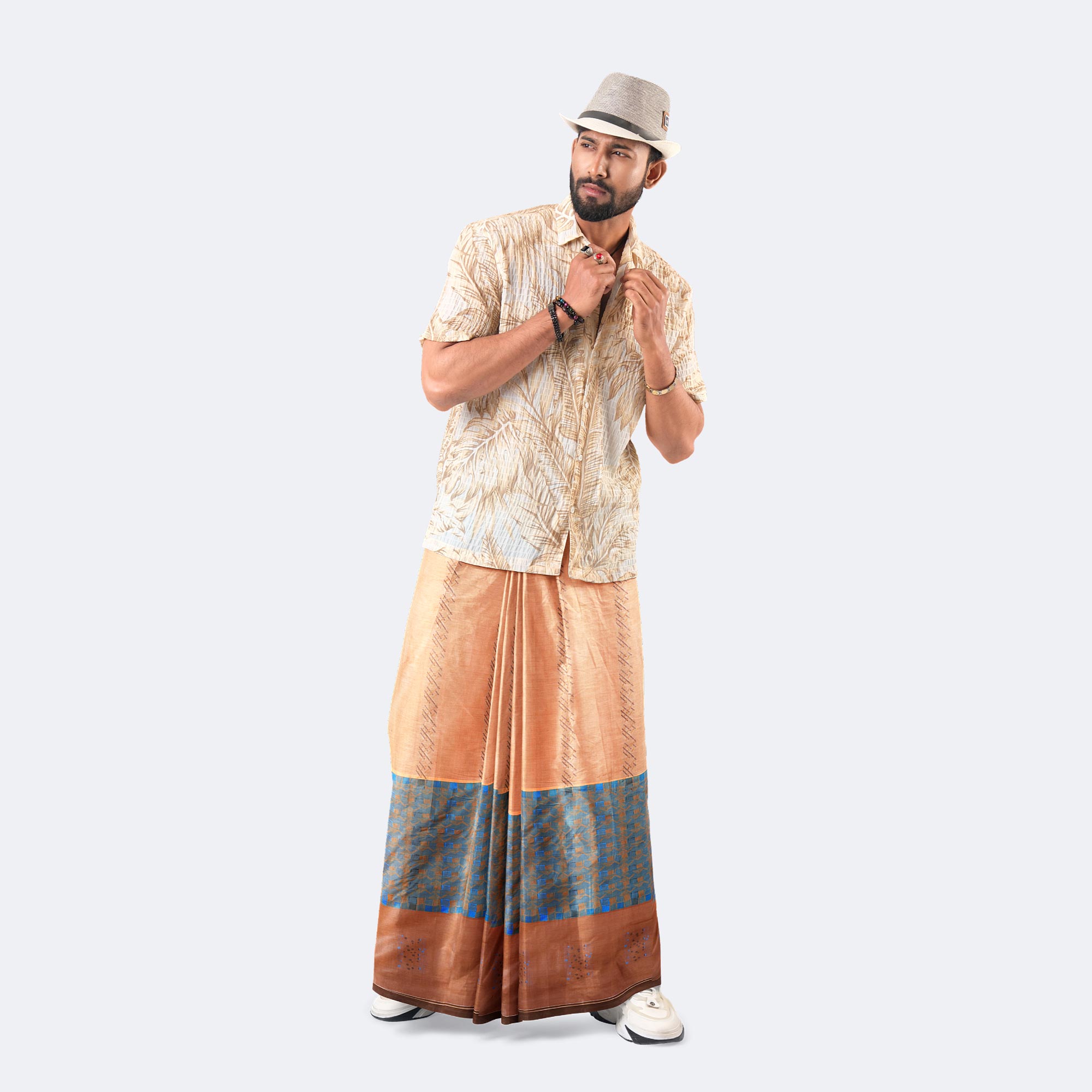When we think about Iran's story, particularly its more recent chapters, the name of Mohammad Reza Pahlavi, the last person to hold the title of Shah, often comes up. It is, you know, a time that still sparks a lot of conversation and, frankly, very strong feelings among many people. His period in charge, from 1941 until the big shift in 1979, was a time of truly significant changes for the country, in terms of its politics, its money matters, and how society worked.
Yet, at the same time, this era was also, quite clearly, marked by a lot of public upset and, you know, quite a bit of criticism. It was, in some respects, a reign that had two very different sides to it. On one hand, there were these big efforts to bring the country up to date, to modernize things, which is something people often point to. But then, on the other hand, there was also, very much, a style of governance that leaned heavily on having a lot of central control, which some would call authoritarian. This mix, you see, has left a legacy that people still talk about, trying to figure out what it all meant for Iran.
So, it is almost natural, really, that folks often find themselves asking: was the Shah good? This question is not just about one person's actions; it's about the bigger picture of what happened to a country and its people during a period of intense change. It's about trying to weigh the different aspects of his time in power and, you know, sort of come to terms with the very mixed feelings that surround his historical role.
Table of Contents
- The Life and Times of Mohammad Reza Pahlavi
- Was the Shah Good for Stability?
- Modernization Versus Control - Was the Shah Good for Progress?
- The People's View - Was the Shah Good or Bad?
The Life and Times of Mohammad Reza Pahlavi
Mohammad Reza Pahlavi, as a matter of fact, was the very last ruler to hold the kingly title in Iran. He took on this role in 1941, and he stayed in charge, you know, until he was removed from power during the Iranian Revolution of 1979. He was, really, a figure who came from a line of rulers, born into a royal family back in 1919. His path to the throne, as it happens, was set in motion in 1941, after his father, Reza Shah, stepped down. This happened, apparently, because of pressure from some big international players at the time, like the British and the Soviets. So, he sort of found himself in this very important position, perhaps sooner than some might have expected, taking on the peacock throne, as it was called, which is a rather grand way to describe the seat of power.
Early Years and Ascent to Power
Now, talking a little bit about his early life, Mohammad Reza Pahlavi, you know, actually spent some of his younger years studying abroad. He finished his first school lessons in Switzerland, which is a bit of a distance from his home country. Then, he came back to Iran in 1935, and, like, pretty much right after that, he joined a military training place in Tehran. He got his qualifications from there in 1938, which, you know, prepared him for some of the duties that would come his way. It's interesting to note, too, that in 1939, he entered into a marriage with a sister of King Farouk I of Egypt. This connection, however, didn't last forever, as the couple, you know, decided to go their separate ways and divorced in 1949. So, his personal life, in some respects, also saw some big changes during those years, even as he was preparing for, or was already in, a position of great public responsibility.
| Birth Year | 1919 |
| Ascension to Throne | 1941 |
| Education | Primary school in Switzerland, Tehran military school |
| First Marriage | 1939 (to sister of King Farouk I of Egypt) |
| Divorce Year | 1949 |
| Overthrow Year | 1979 |
Was the Shah Good for Stability?
When people ask, "was the Shah good?" one of the big things that comes up is whether his time in power actually brought lasting calm to Iran. In my own personal thinking, you know, the most telling sign that his way of ruling didn't quite work out was that it simply didn't last. His system, more or less, couldn't stand up to the long haul. If, as a matter of fact, he had been truly effective at his job, the idea is that he would have been able to keep things steady and, you know, steer clear of a major uprising. It's a bit like building something that looks really impressive for a short while, but then, actually, it just falls apart later on. That kind of effort, you know, tends to be rather pointless in the grand scheme of things. So, the fact that a revolution happened, arguably, speaks volumes about the kind of stability he truly provided.
- Sexy Video
- Sky Bri Highlights Videos
- Sally Jessy Raphael
- What Is Patricia Lofton Doing Now
- Ice Confrontations Massachusetts Koppinger
The Question of Lasting Rule - Was the Shah Good?
The situation under the Shah, as some accounts tell it, was, you know, quite a challenging one for many. One opinion, for example, even described his government as being among the most harsh and controlling states in the entire world. This kind of description, you know, paints a picture of a place where individual freedoms might have been very limited. If a leader is really "good," you might think, they would create a system that can endure, one that earns the genuine support of its people over time. The fact that the Pahlavi dynasty, which he was a part of, was eventually overthrown in 1979, suggests that, in some respects, his rule did not, actually, build that kind of enduring foundation. The revolution, essentially, replaced the existing monarchy with a different kind of government, one led by a religious figure, Ruhollah Khomeini, who had, you know, been a leader of one of the groups pushing for change. This big shift, you know, makes people wonder about the true strength and acceptance of his long-term governance, and whether, truly, the Shah was good for the nation's future stability.
Modernization Versus Control - Was the Shah Good for Progress?
Mohammad Reza Shah Pahlavi's time in power, as we've seen, was indeed marked by efforts to bring the country up to date. These changes touched on many parts of life, from how the economy worked to how society was structured. Yet, this push for new ways, you know, was also met with a lot of pushback. Religious figures and other groups who spoke out against the government, you know, often voiced their strong objections to his programs. For instance, his "White Revolution," a set of big changes he put in place, was aimed at bringing about development. But, as it turns out, while it might have helped some areas, it also, actually, caused difficulties for many ordinary people. So, it was a bit of a mixed bag, really, with both positive and negative outcomes from his attempts to modernize. This duality, you know, certainly adds to the ongoing discussion about whether the Shah was good for the country's overall advancement.
The White Revolution and its Effects - Was the Shah Good?
One of the more interesting parts of the Shah's story is how different Iran looked before the revolution in 1979 compared to afterwards. Pictures from that earlier time, you know, apparently show a country that was, in some ways, dramatically different under his leadership. He had, as I was saying, these big plans for modernization. However, these very efforts, you know, often drew sharp words from religious leaders and other people who were trying to make their voices heard. There was, for example, a struggle for power between the Shah and Mohammad Mosaddegh, a prominent figure, which, as it happened, ended with Mosaddegh being removed from his position in 1953, with some help from the United States and the United Kingdom. This event, you know, really shaped the political landscape and showed the Shah's willingness to maintain control, even with outside assistance. So, while there was a drive for what looked like progress, there was also, very much, a firm hand guiding the process, which, you know, raises questions about the true nature of that progress and whether the Shah was good for everyone.
The People's View - Was the Shah Good or Bad?
When considering whether the Shah was good, it's important to look at how people lived under his rule. Some accounts, you know, paint a rather harsh picture. There are claims that the way he dealt with his own citizens often placed his government among those with the worst records for respecting human rights. His secret police, for instance, and the places they used for questioning people, were, apparently, very much a source of deep fear for the general population. This suggests a period where people might have felt quite unsafe, or at least, you know, very cautious about expressing themselves. So, the experience of daily life for many, it seems, was not always one of comfort or freedom, which, you know, really impacts how people remember his time in charge and whether, in their eyes, the Shah was good.
Life Under His Watch - Was the Shah Good?
There's a common view, you know, that the Shah was a ruler who lived a life of great comfort and richness, while, at the same time, many of his own people were stuck in difficult circumstances. This contrast, as you might imagine, often leads to a lot of resentment. So, it's almost understandable, then, that after the big uprising by the people, when they got to choose their own leaders, things, you know, actually seemed to get better for many. Iran, as a country, has a population that is, apparently, quite educated, perhaps even the most educated among the countries in the Middle East. While outside pressures, like sanctions from Western nations, do, you know, put a strain on its money system, the general feeling is that, apart from that, the people are, in fact, much better off today than they were when the Shah was in power. This perspective, you know, really brings to light the idea that the quality of life for the ordinary person is a key measure when asking if the Shah was good for his country.
Related Resources:



Detail Author:
- Name : Mr. Avery Zieme
- Username : abdiel24
- Email : omcdermott@herman.com
- Birthdate : 1991-03-20
- Address : 7558 Hoppe Cove Hilperthaven, UT 07306-0645
- Phone : (214) 421-0746
- Company : Dooley, Harber and Altenwerth
- Job : Physics Teacher
- Bio : Ullam consequatur ea sit. Commodi culpa magnam nisi recusandae. Magnam soluta voluptas reiciendis repudiandae possimus dolorem tempore.
Socials
facebook:
- url : https://facebook.com/gerlachm
- username : gerlachm
- bio : Repudiandae exercitationem numquam alias laborum distinctio ea.
- followers : 3266
- following : 81
twitter:
- url : https://twitter.com/gerlach1989
- username : gerlach1989
- bio : Est id minus repudiandae commodi laudantium perferendis ut. Cupiditate molestias corporis necessitatibus tempora est.
- followers : 2908
- following : 2132